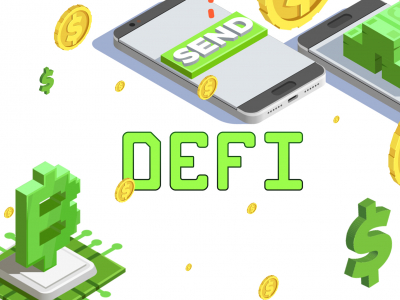Miners simply reduced the volume of sales of mined bitcoins almost a month after the third halving, that led to decrease of miners' profits. This may be a harbinger of cryptocurrency growth.
Miners refuse to sell bitcoins at the current exchange rate after their bitcoin earnings decreased as a result of the May halving. According to the analysis firm Glassnode, the number of bitcoins originating from addresses belonging to bitcoin miners reached an annual minimum. The Miner Outflow Multiple (MOM) index, which is calculated based on the numbers of the outflow of bitcoins from several mining pools and their comparison with the average level for the last 365 days, fell to 0.33. The Miner Outflow Multiple indicates periods where the amount of bitcoins flowing out of miner addresses is high with respect to its historical average. It is defined as the ratio of the miners' outflow and its 365 day MA. The highest MOM index was recorded on March 10, two days before the collapse of bitcoin. Then the index jumped to 1.8, which means a sharp outflow of bitcoins from addresses associated with mining pools.
According to Tuur Demister, the founder of Adamant Capital investment company, miners refuse to sell mined bitcoins, and this fact suggests that cryptocurrency producers are not ready to get rid of coins at current prices and are waiting for the exchange rate to increase.
“Healthy bitcoin miners are hodling, and struggling miners have little BTC left to sell. Bullish.”
A reduction in the supply of new coins to the market will lead to increased demand pressure, and this will provoke an increase in the price of the first cryptocurrency. Due to the reduced revenues from block mining, transaction fees in the bitcoin network began to increase. Since the beginning of the year, the average transaction fee on the bitcoin network jumped by 277% and reached approximately $1.007. In the first half of April, it stood at around $0.1-$0.15, and after halving it jumped to a two-year record of $6.6 per transaction.
Increasing transaction costs is supposed to compensate losses of bitcoin miners and help them to remain profitable. The transaction cost is calculated automatically by the system, but due to the halving, the number of working bitcoin miners decreased, since for many of them mining ceased to be profitable.











